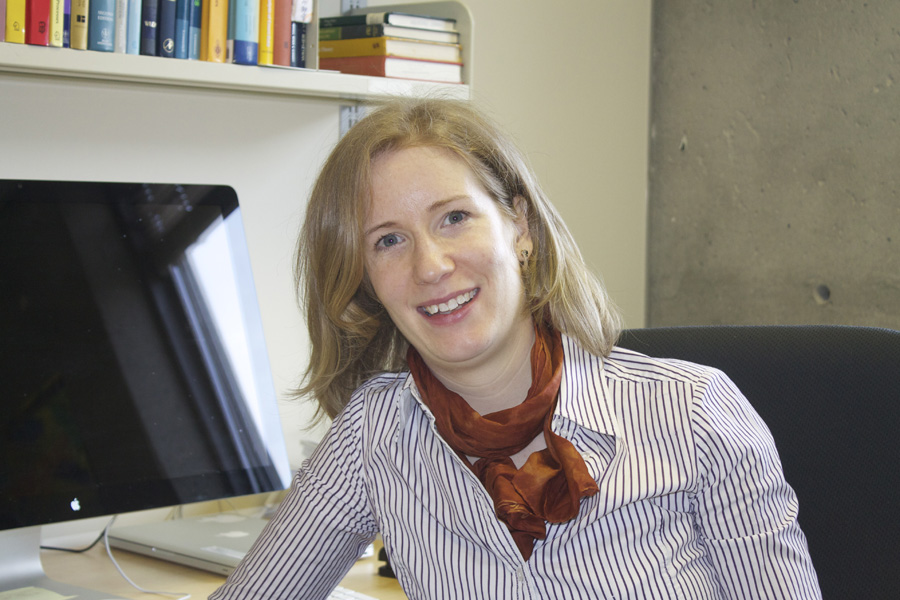In honour of “Women’s Month.” Each week, in March, the Tribune is profiling different female researchers at McGill, and the story behind their work.
For most of us, the idea of working as a mathematician seems too far-fetched. Dr. Johanna Nešlehová, associate professor in the department of mathematics and statistics at McGill, certainly felt that way throughout primary school. This all changed in high school when an inspiring teacher sparked Nešlehová’s interest in mathematics, and motivated her to pursue the subject at university.
“We were on the same wavelength, everything just clicked,” Nešlehová recalled.
Guidance from various mentors have played a major role in Nešlehová’s career development. Throughout her studies in the Czech Republic and Germany, she met many influential female statisticians who eventually became her role models. Other than the occasional odd comment from elderly professors, she says that her experience as a female in mathematics has been very positive.
“You meet people that are so accomplished and inspiring, yet are completely human and have lives,” Nešlehová joked.
As for encouraging her own students, she feels that McGill could benefit from a mentorship program, where students can receive practical training and guidance to prepare them for careers outside of academia. Nešlehová thinks that outreach can also be done at the high school level, where advanced mathematicians could have the opportunity to demystify preconceptions about working in math and statistics earlier on.
The development of these types of programs is important, as statisticians are in high demand. Sectors such as healthcare, finance, and public policy are in need of experts to help them manage and understand mass amounts of information. As advances in technology have increased data collection, there is an increasing need for new strategies to properly handle and draw accurate conclusions from such large datasets.
“There are all sorts of applications in statistics, in all sort of sciences,” explained Nešlehová.
This diversity in career options is even showcased in her own careerpath. Since finishing her PhD at the University of Oldenburg, Nešlehová has completed a fellowship at the University of Hamburg, consulted for financial institutions internationally, and conducted postdoctoral research on neuroscience at Harvard Medical School.
Her current research focuses on extreme value theory (trying to predict the occurrence of very rare events), and copulas. Copulas are mathematical functions used to describe how random quantities relate and interact with one another. Her work aims to devise new methods to calculate such functions, and apply them to medical and environmental research.
The 2008 financial crisis is thought to be partly attributable to copulas; traders allegedly misused a formula that models complex risks in the financial market, and, as a result, they made riskier decisions than intended. This example further highlights the gap between academia and industry, and the need to emphasize practical training (application and communication of theories) throughout undergraduate and graduate studies.
For students still hesitant to enter the field of mathematics, Nešlehová offers a last bit of reassurance: “If you study math, there’s nothing to lose. You’re going to train your brain, and learn how to think.”







